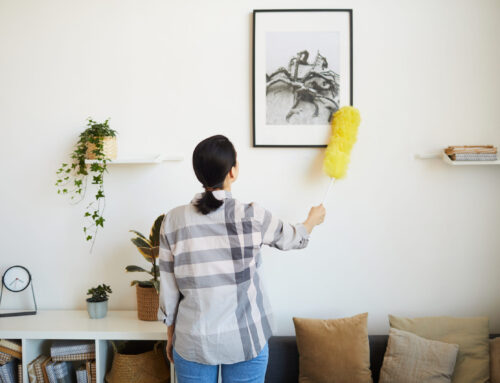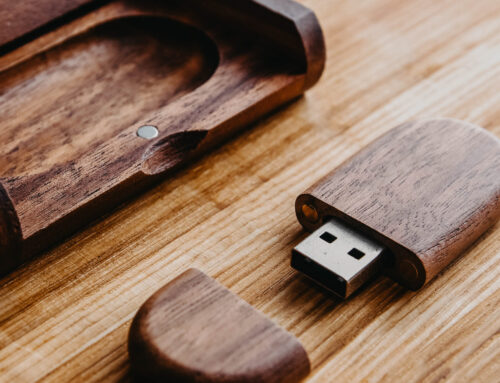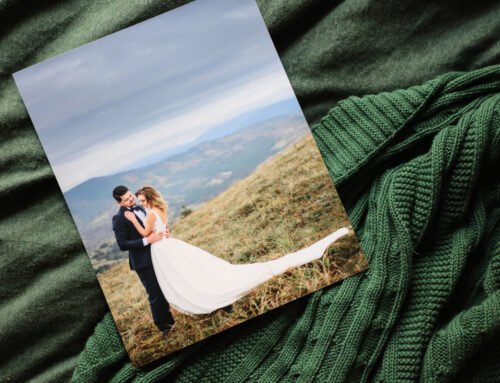One of my favourite parts of working in a pro lab is meeting new, talented photographers just starting out and watching their businesses grow, thrive and evolve into beautiful enterprises. But, as you can imagine or have already experienced, you might run into a few hiccups when diving headfirst into the photographic industry.
So you’ve got all the good gear, camera, lenses, lighting and your photos look just right. You edit them to perfection on your laptop or desktop monitor and send them to print to a professional lab. But your images come back too dark, too light, really magenta or your white backdrop has editing artifacts. Surely it must be the lab? Try a different lab, and hmm… the same result.
Without using standard colour management practices, you’ll find you’ll be experiencing these outcomes more and more frequently. Investing in a high-quality monitor is as crucial as purchasing a good-quality lens. It will help you manage colours more effectively and ensure your viewing your work in its true colours. If you can’t accurately view your work on your monitor, you won’t know how it will appear elsewhere. Even minor colour differences can significantly alter a photo. For example, if you’re viewing incorrect warmer tones on your screen, your print could look much cooler than anticipated when printed.
We’ve got another article that dives further into colour management best practices and you can read it here. But for now, I want to talk about monitors! So what should you be looking for in a quality monitor and what is the best monitor for a Photographer starting out? I asked Luke McCormac, one of the colour management gurus from Kayell Australia what he thought…
What are some of the factors or specifications you should consider when buying a monitor for photo editing?
When choosing a monitor for photo editing, it’s important to consider the accuracy and evenness of the colour display across the entire screen. Some manufacturers may have a colour-accurate center but significant colour variation towards the edges. Other factors to consider include warranty and support, as well as the adjustability of settings beyond just brightness (such as contrast and RGB gain).
Do monitor dimensions matter? If so, why?
Monitor dimensions do matter, particularly in terms of desk space and viewing comfort. Larger monitors, such as 30-inch monitors, may require the user to sit further back to avoid neck pain when looking around the screen. In general, a 27-inch monitor is well-suited for most users. Additionally, 4K resolution can offer more pixels in the same area as a 2K monitor, resulting in more desktop area on the screen but smaller fonts and text.
Why does Kayell Australia sell Eizo monitors exclusively?
Kayell Australia sells Eizo monitors exclusively because they are the best when it comes to colour and print matching. Eizo monitors have a five-year or 50,000-hour warranty and a unique system for working professionals where a loan monitor of the same model is sent out if a monitor fails. The faulty monitor is then picked up once the loan monitor is up and running, and Eizo works out what to do with the faulty monitor. This is a significant advantage over other brands that may take weeks to repair a faulty monitor.
Is there any particular model you would recommend to a photographer just starting out?
For photographers just starting out, the Eizo CS series monitors are a great option. These monitors are a bit cheaper as they do not come with a hood or an inbuilt calibrator. They allow users to start off with a 24-inch monitor as their main editing screen while keeping a cheaper one for emails and Photoshop palettes. The Eizo CS2420 24-inch LED monitor with a free hood is a good example of this type of monitor.
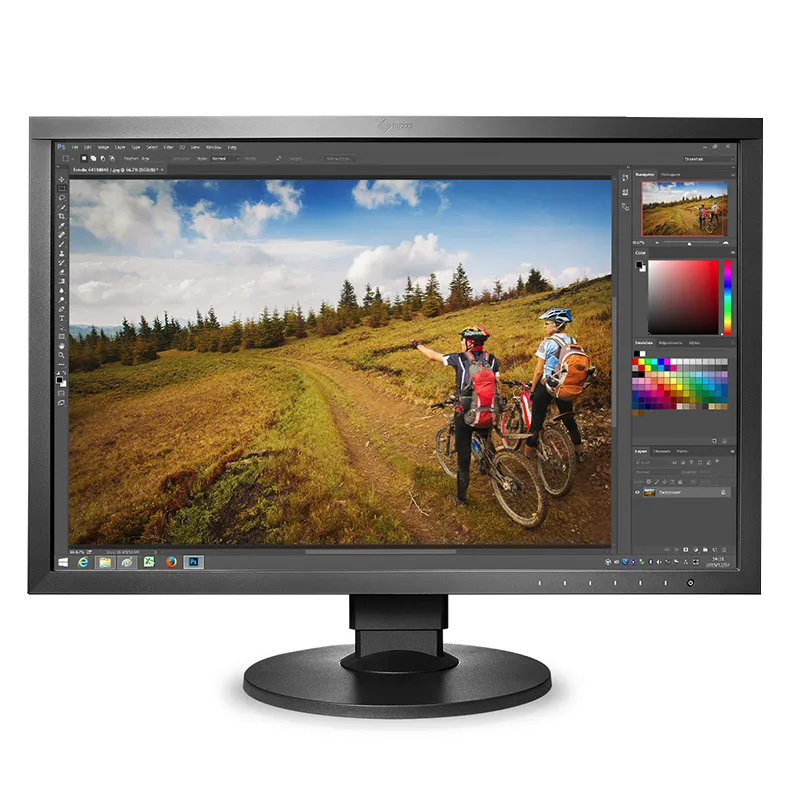
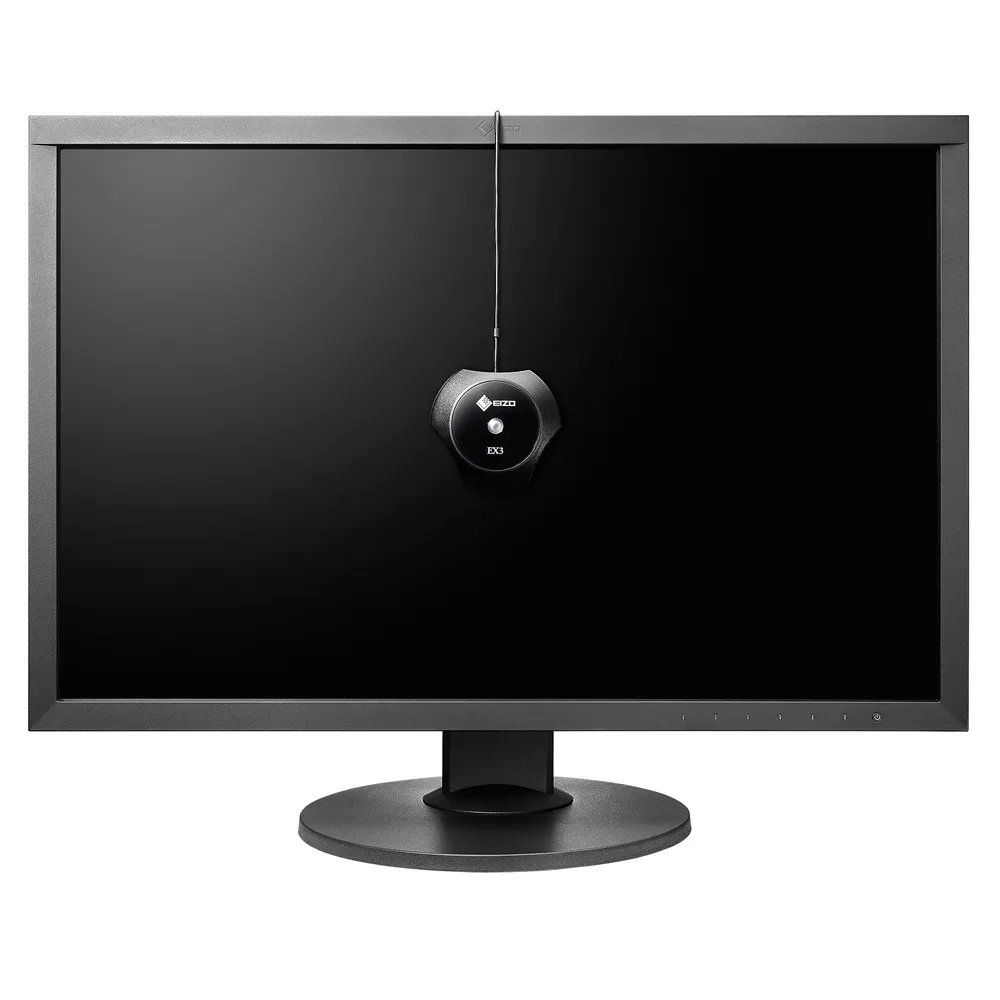
What are some of the more common monitor issues you often hear about?
Some common monitor issues include warranty repair from other manufacturers and stepped gradations in some brands. However, many issues are actually related to the user’s environment, such as a print not matching the screen or working in a dark room. It’s important to have good, non-changing room light and to compare the monitor to a control test print.
How often would you recommend calibrating a monitor?
Calibrating a monitor should be done monthly, although the frequency can depend on the brand of the monitor. Some brands, such as Eizo, may allow for longer periods between calibrations. However, if a monitor has an inbuilt calibrator or can be attached to a computer for calibration, it’s best to do it regularly. The more frequently a monitor is calibrated, the more confident the user can be that it is accurate.
Investing in a high-quality monitor is essential for any photographer looking to achieve accurate colours and avoid issues with their prints. When choosing a monitor for photo editing, it’s important to consider factors such as colour accuracy and evenness, adjustability of settings, warranty and support, and monitor dimensions. Eizo monitors are a top choice for their superior colour and print matching. The Eizo CS series monitors are a great option for photographers starting out. But on top of that – it’s also really important to consider your viewing conditions (which is worthy of its own blog article). Remembering that your print will change dramatically in different viewing conditions as it relies on ambient light instead of a built-in backlight.
And don’t forget! Calibrate monthly or as often as the manufacturer recommends. You can purchase colourimeters from Kayell Australia or if you’re a local, you can hire ours from the lab. Get test prints! You don’t want to spend a fortune on your first print order only to find out you have a calibration discrepancy. With the right monitor and good colour management practices, not only will you be one of our favourite clients, but your images will print brilliantly every single time.
One of my favourite parts of working in a pro lab is meeting new, talented photographers just starting out and watching their businesses grow, thrive and evolve into beautiful enterprises. But, as you can imagine or have already experienced, you might run into a few hiccups when diving headfirst into the photographic industry.
So you’ve got all the good gear, camera, lenses, lighting and your photos look just right. You edit them to perfection on your laptop or desktop monitor and send them to print to a professional lab. But your images come back too dark, too light, really magenta or your white backdrop has editing artifacts. Surely it must be the lab? Try a different lab, and hmm… the same result.
Without using standard colour management practices, you’ll find you’ll be experiencing these outcomes more and more frequently. Investing in a high-quality monitor is as crucial as purchasing a good-quality lens. It will help you manage colours more effectively and ensure your viewing your work in its true colours. If you can’t accurately view your work on your monitor, you won’t know how it will appear elsewhere. Even minor colour differences can significantly alter a photo. For example, if you’re viewing incorrect warmer tones on your screen, your print could look much cooler than anticipated when printed.
We’ve got another article that dives further into colour management best practices and you can read it here. But for now, I want to talk about monitors! So what should you be looking for in a quality monitor and what is the best monitor for a Photographer starting out? I asked Luke McCormac, one of the colour management gurus from Kayell Australia what he thought…
What are some of the factors or specifications you should consider when buying a monitor for photo editing?
When choosing a monitor for photo editing, it’s important to consider the accuracy and evenness of the colour display across the entire screen. Some manufacturers may have a colour-accurate center but significant colour variation towards the edges. Other factors to consider include warranty and support, as well as the adjustability of settings beyond just brightness (such as contrast and RGB gain).
Do monitor dimensions matter? If so, why?
Monitor dimensions do matter, particularly in terms of desk space and viewing comfort. Larger monitors, such as 30-inch monitors, may require the user to sit further back to avoid neck pain when looking around the screen. In general, a 27-inch monitor is well-suited for most users. Additionally, 4K resolution can offer more pixels in the same area as a 2K monitor, resulting in more desktop area on the screen but smaller fonts and text.
Why does Kayell Australia sell Eizo monitors exclusively?
Kayell Australia sells Eizo monitors exclusively because they are the best when it comes to colour and print matching. Eizo monitors have a five-year or 50,000-hour warranty and a unique system for working professionals where a loan monitor of the same model is sent out if a monitor fails. The faulty monitor is then picked up once the loan monitor is up and running, and Eizo works out what to do with the faulty monitor. This is a significant advantage over other brands that may take weeks to repair a faulty monitor.
Is there any particular model you would recommend to a photographer just starting out?
For photographers just starting out, the Eizo CS series monitors are a great option. These monitors are a bit cheaper as they do not come with a hood or an inbuilt calibrator. They allow users to start off with a 24-inch monitor as their main editing screen while keeping a cheaper one for emails and Photoshop palettes. The Eizo CS2420 24-inch LED monitor with a free hood is a good example of this type of monitor.


What are some of the more common monitor issues you often hear about?
Some common monitor issues include warranty repair from other manufacturers and stepped gradations in some brands. However, many issues are actually related to the user’s environment, such as a print not matching the screen or working in a dark room. It’s important to have good, non-changing room light and to compare the monitor to a control test print.
How often would you recommend calibrating a monitor?
Calibrating a monitor should be done monthly, although the frequency can depend on the brand of the monitor. Some brands, such as Eizo, may allow for longer periods between calibrations. However, if a monitor has an inbuilt calibrator or can be attached to a computer for calibration, it’s best to do it regularly. The more frequently a monitor is calibrated, the more confident the user can be that it is accurate.
Investing in a high-quality monitor is essential for any photographer looking to achieve accurate colours and avoid issues with their prints. When choosing a monitor for photo editing, it’s important to consider factors such as colour accuracy and evenness, adjustability of settings, warranty and support, and monitor dimensions. Eizo monitors are a top choice for their superior colour and print matching. The Eizo CS series monitors are a great option for photographers starting out. But on top of that – it’s also really important to consider your viewing conditions (which is worthy of its own blog article). Remembering that your print will change dramatically in different viewing conditions as it relies on ambient light instead of a built-in backlight.
And don’t forget! Calibrate monthly or as often as the manufacturer recommends. You can purchase colourimeters from Kayell Australia or if you’re a local, you can hire ours from the lab. Get test prints! You don’t want to spend a fortune on your first print order only to find out you have a calibration discrepancy. With the right monitor and good colour management practices, not only will you be one of our favourite clients, but your images will print brilliantly every single time.


